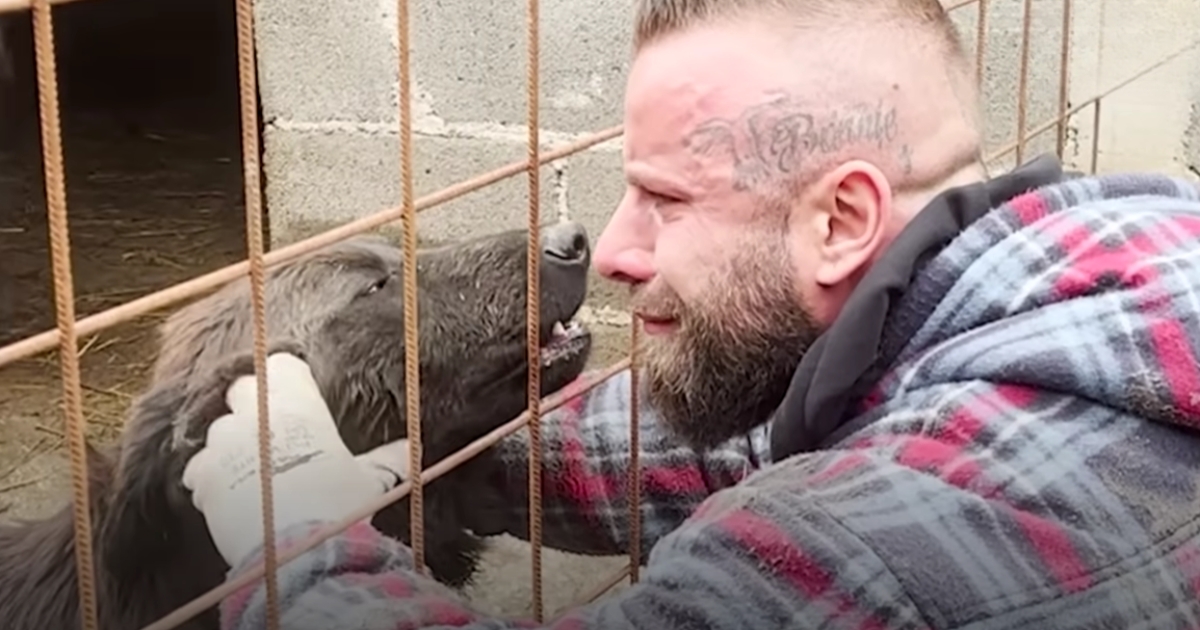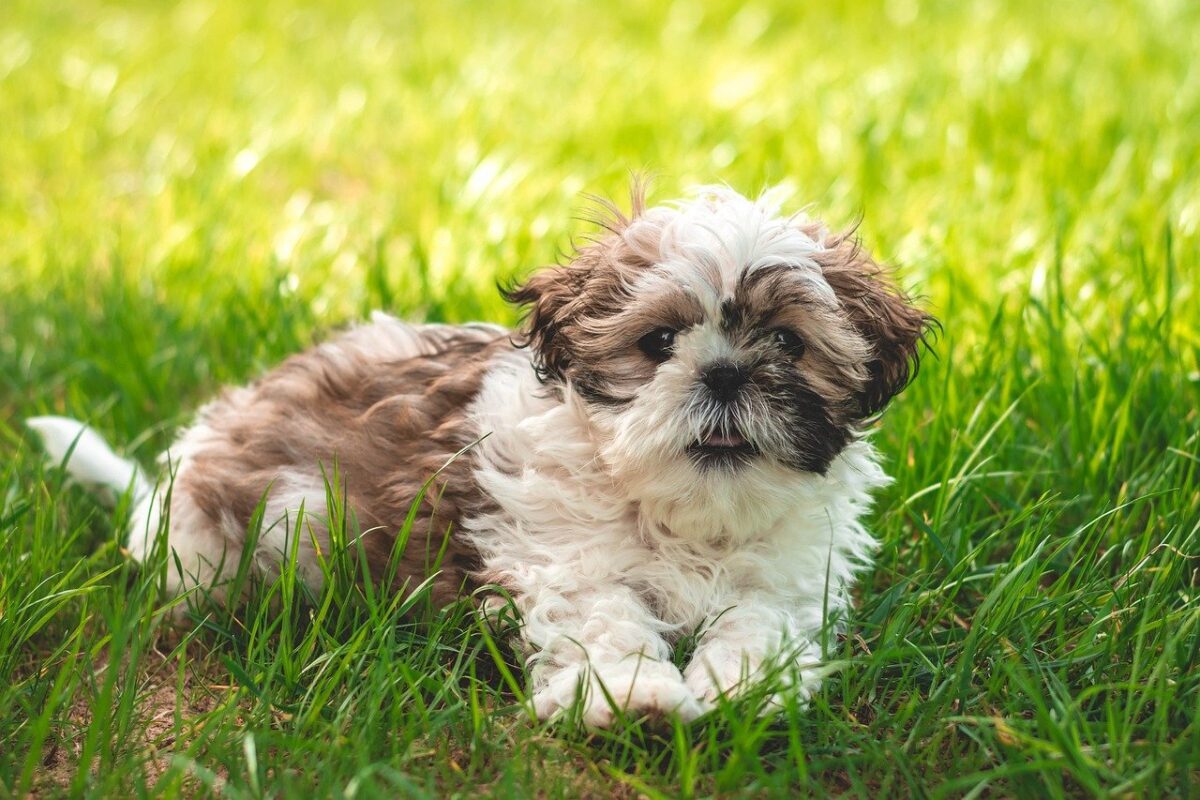
The nutritional needs of cats change quickly as they enter into their adulthood. For instance, grown up cats will eat relatively less than what it used to when they were kittens. Kittens eat more as they need a lot of calories to support their growth till the age of 1. Once they go past this age, their diet changes and so will their eating portion.
This is where a healthy food transition becomes absolutely important. Cat owners should know how to switch their cat’s diet without causing them a digestive upset.
In this blog, you will learn some amazing tips to help your cats adapt to their new diet without any hassles. Once your feline starts enjoying their new cat food, they quickly achieve excellent health and vitality.
So let us get started,
1) Assess Your Cat’s Current New Diet
Before choosing a new cat food for your feline, you need to take a close look at their current diet. Cats are picky eaters, and they don’t like a sudden change in the taste of their food. This is why their new diet should be similar in terms of taste, ingredients and consistency. Picking a similar cat food to their previous one quickly helps your cat to switch to their new diet.
2) Take a Few Insights From Your Vet
Once you have an idea about some new cat foods, consult with your veterinarian too as they can provide valuable insights regarding your cat’s specific health needs. This will help you select the most ideal cat food for your feline. Your vet will also help you in the transition process by taking into account your cat’s age, weight, and other health conditions (if any).
3) Selecting the Right Cat Food
Always choose a high quality cat food that fulfils all of your cat’s nutritional needs. Cat food brands like Whiskas, Sheba, Farmina, Grain Zero etc provide foods, which have all the vital nutrients to ensure excellent health and wellbeing in the cats. Commercial cat foods also have breed-specific diets which take care of the dietary demands of certain breeds exclusively.
4) Gradual Transition Plan
Once you have selected the cat food, it’s time to create a gradual transition plan. It typically includes mixing the old and new food over a period of 7 to 10 days. Here’s how you can do it,
Days 1-3: 75% Old Food, 25% New Food: Start by mixing 75% of your cat’s old food with 25% of the new food. You should watch for any signs of reluctance or digestive issues.
Days 4-6 – 50% Old Food, 50% New Food- This ratio provides a balanced blend to your cats and this is a key phase in slowly making them like their new diet. You need to keep a close eye on your cat’s behaviour, their appetite, and their litter box habits.
Days 7-9 – 25% Old Food, 75% New Food – When you introduce this ratio to your cat, they will have almost adapted to their new diet. Yet you need to observe your cat’s response, just in case any adjustment is needed.
Days 10 Onward: 100% New Food- By this stage, your cats should be fully liking their new diet. Check their well-being for the next few weeks to ensure a successful switch of diet.
5) Watch For Signs of Acceptance or any Concern
It is essential to observe your cat’s behaviour, appetite and litter box habits throughout the transition period. The most common signs of acceptance of cat food are eagerness at meal time, a shiny coat, and good energy levels. However, watch for signs like vomiting, diarrhoea, or a sudden loss of appetite. Consult your veterinarian immediately if you see these adverse signs.
6) Introducing Dry and Wet Cat Food
If you are making a switch between dry cat food to wet cat food, or vice versa, follow a similar slow approach mentioned above. Cats can be choosy when it comes to food texture, and introducing it slowly helps them to adjust very well.
7) Keep the Cats Well Hydrated
It is important to keep your cats well hydrated throughout the transition period. If your cat is switching to dry cat food, always give them access to fresh water. For gravy food, consider adding water to ensure good hydration. Since cats get a lot of water from their diet, it is important to keep them hydrated in their entire transitioning phase, as you are switching the diet.
8) Celebrate those Small Victories
Positive reinforcement goes a long way in making your cat switch to their new diet successfully. Praise them, give them their favourite cat toy, or offer their delicious cat treats as these are huge motivations for them. Creating rewarding behaviour is key for a journey like transitioning to new cat food.
In short
One requires immense patience, observation and a smart approach to make their cat switch to their new food. By learning your cat’s individual needs, consulting with the vet, and doing a gradual transition of food can make this journey incredibly easy for you. Remember each cat is unique and they take their own time to adapt. Be attentive to their needs, celebrate their little victories, and you will be boosting the overall bond between you and your cat tremendously.






